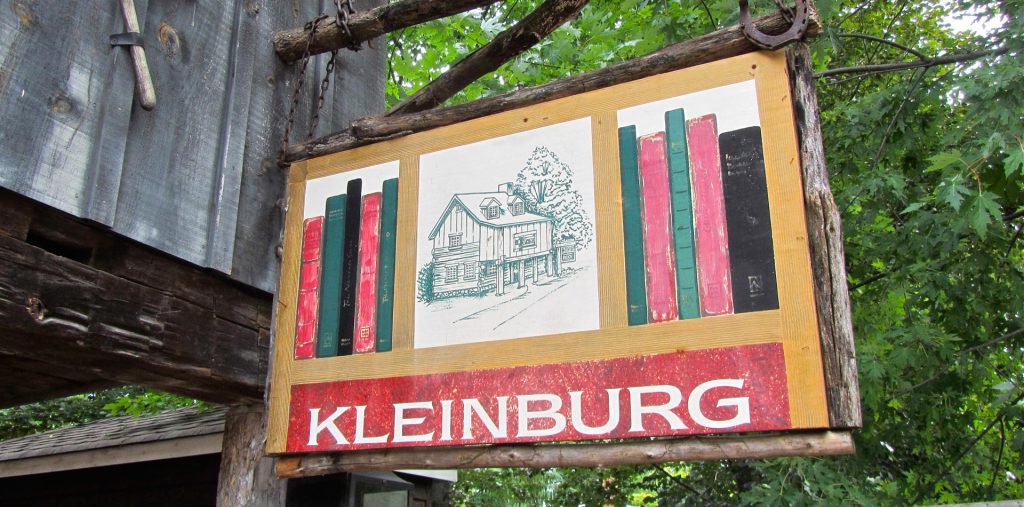
Kleinburg started as the township of Vaughan in 1848 when John Nicholas Kline bought 83 acres of land west of Islington Avenue. It first developed around the existence of numerous mills, which helped the local farming community thrive and aid in the growing of a commercial centre.
By 1860, the township featured: a tanner, a tailor, a boot and shoemaker, an undertaker, two hotels, a church and a school. A decade later, the community also included a pharmacist, cabinet maker, insurance agent, butcher, milliner and a tinsmith.
It was a popular resting spot for people travelling to and from Toronto usually along the Humber River Aboriginal Trail (Carrying Place Trail), known today as Islington Avenue, all the way to Dundas Street in the City of Toronto.
Kleinburg has had variations to the spelling of its name: Klineburg and Kleinburg. It is believed that Klineburg was named after John N. Kline. However, its present day spelling is a combination of two German words: Klein, translating to “little or small” and Berg, meaning “mountain”.
Kleinburg is home to various outdoor activities, and trails perfect for hiking and biking, making its translated name the perfect representation of this charming village.
As well, Kleinburg is full of rich history including its Binder Twine Festival and the McMichael Canadian Art Collection. This gallery features some collections of the Canadian “Group of Seven” artists, as well as various pieces from Canada’s Aboriginal peoples. This charming town is great for the whole family to explore and enjoy.

